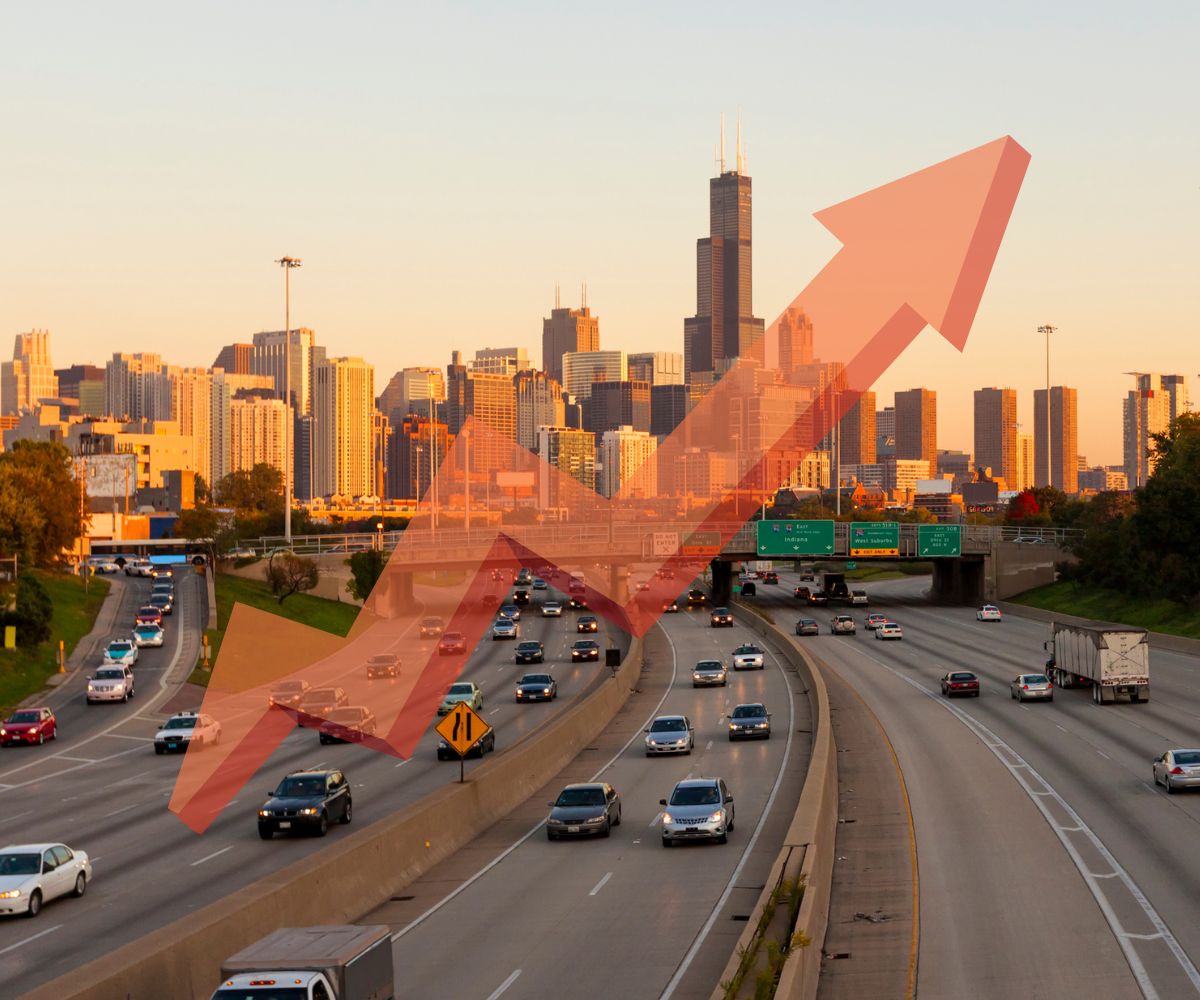Major Rate Hikes by Allstate and State Farm: A Financial Challenge for Illinois Motorists and Homeowners
Illinois motorists are facing a financial squall as insurance giants Allstate and State Farm implement major rate hikes, signaling a challenging period ahead for policyholders. Allstate is poised to shock the market with an abrupt 12.7% increase in homeowners’ premiums this week, and State Farm follows closely, scheduling a 12.3% climb in May, as disclosed by the Chicago Tribune. However, the strain doesn’t stop there — a staggering average rise of 28% in auto insurance rates is also in effect across the state for the year.
Amidst a seemingly subsiding inflationary environment, Illinois’s home and auto insurance premiums are defiantly bucking the trend, imposing further financial burdens on consumers. Bankrate analyst Shannon Martin encapsulates the scenario, saying, “Insurance is reactionary, so even though inflation is currently slowing down when we experience losses, insurance companies pay for them, and everything’s at a premium.” Escalating costs within the insurance industry appear to be driven by the increasing expenses associated with vehicular repairs and a surge in traffic fatalities.
Severe Rate Hikes, Sparking Demand for Greater Transparency
The latest updates from the insurance marketplace reveal that Allstate has announced an 11.2% increase in rates starting August 17 — an adjustment that pushes average yearly premiums up by $275. Data from the Illinois Department of Insurance, as reported by Chicago Business, indicates a staggering 60% rate surge by Allstate in just 20 months, catapulting the average annual cost from $1,700 to an eye-watering $2,732.
It’s important to note that this problem is not confined to Allstate alone. State Farm, the leading insurer in Illinois commanding nearly one-third of the market, has already enacted rate increases surpassing 12% earlier this year. Similarly, Progressive marks its presence with a marked hike between 8% and 10%, contingent on the purchasing channel.
These adjustments are indicative of a broader trend, but Allstate’s rate enhancements are notably severe, culminating in a 4% drop in the company’s Illinois auto policies, per insights from Chicago Business.
The response to these surging premiums is taking shape in Springfield, where legislation is proposed to bolster the influence of state authorities in vetting changes in insurance rates. This initiative aligns with the endeavours to mandate insurers to publicize their underwriting results specifically in Illinois. Despite these legislatorial moves, resistance from the insurance lobby has hindered progress. As the gap between rates and regulation widens, advocacy groups intensify their appeal for increased transparency and oversight in the insurance domain.
Insurance Rate Hikes: A Comparative Analysis of Eight States Highlighting the Nationwide Trend of Escalating Premiums
The predicament of Illinoisans is not exclusive. A comparative analysis with the four states facing the most severe insurance rate hikes illustrates a national trend of escalating premiums. However, Illinois consumers are particularly impacted, as they grapple with auto insurance costs far outpacing the national average increase.
- Oklahoma’s home insurance costs rose by 24% last year, pushing premiums to a level 170% higher than the national average.
- Mississippi homeowners faced a 23% increase in insurance rates in 2023, making their annual cost 127% higher than the national average. This spike is due to severe weather conditions experienced during the summer.
- Texas experienced an 18% rise in insurance rates in 2023, 452% more than the state’s wage growth and 124% higher than the national insurance rate. This increase is attributed to several severe weather events causing over $1 billion in damage each.
- Kansas saw a 19% jump in home insurance rates last year, reaching an average of $3,245, which is 83% higher than the national average. The hike was influenced by various severe weather conditions.
- In Georgia, insurance rates reached $2,173 in 2023, marking a 17% increase from the previous year and contrasting sharply with the state’s median household income growth of just 2.3%. The increase is due to 12 natural disasters that caused about $38 billion in damages.
- Nebraska homeowners saw their insurance rates rise by 14% in 2023, pushing the annual cost to $3,519, almost double the national average. The increase was due to severe weather events including blizzards, flash floods, and tornadoes.
- Massachusetts experienced a 582% higher increase in insurance costs compared to income growth in the state last year, despite having rates lower than the national average.
- New York had insurance rates of $1,942 in 2023, marking a 10% increase from the national average.
These substantial rate hikes are expected to have a pronounced impact on consumers in Illinois. For many, the increased financial pressure from spiraling insurance premiums will necessitate budgetary adjustments and could lead to a reevaluation of both necessary and discretionary spending. As insurance becomes a heftier line item in household expenses, the effects may ripple through the local economy, influencing consumer behavior and financial stability.
For now, Illinois drivers must brace for the impact, as the road ahead appears to demand a higher toll for the security and protection that insurance is meant to provide.

